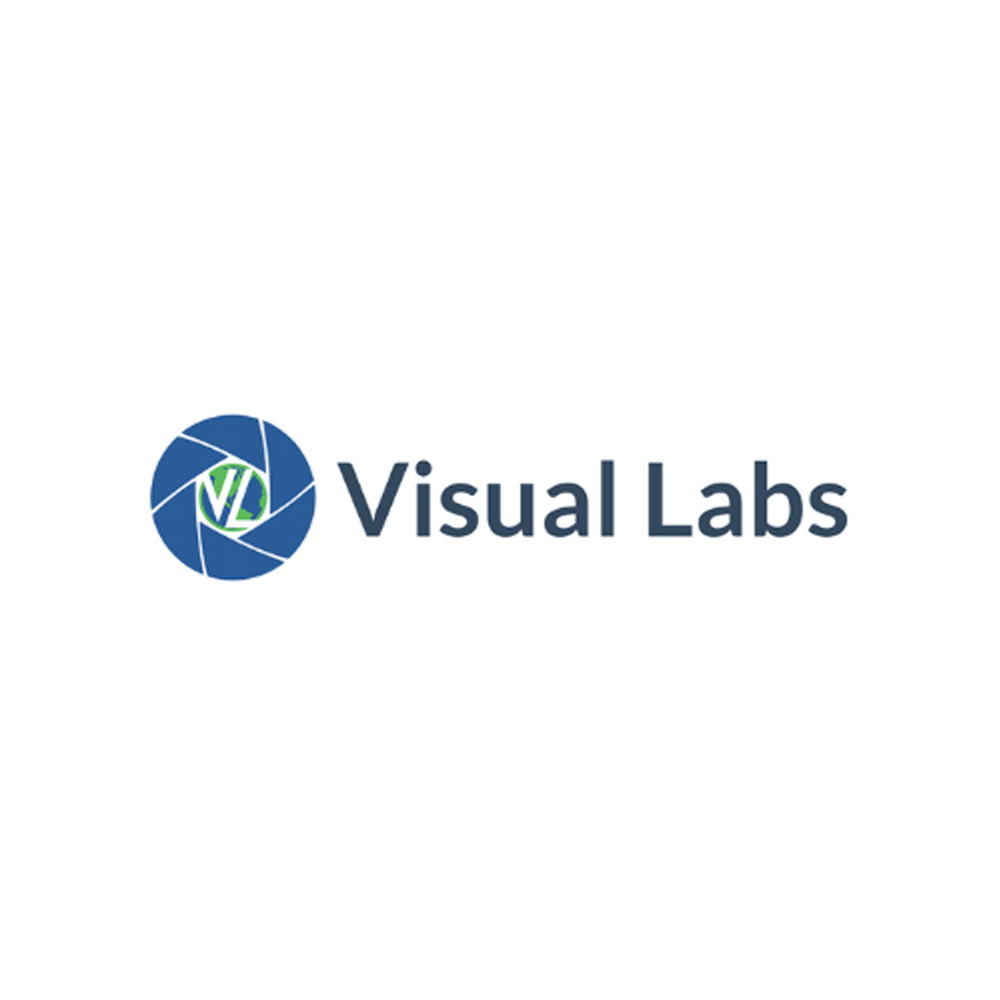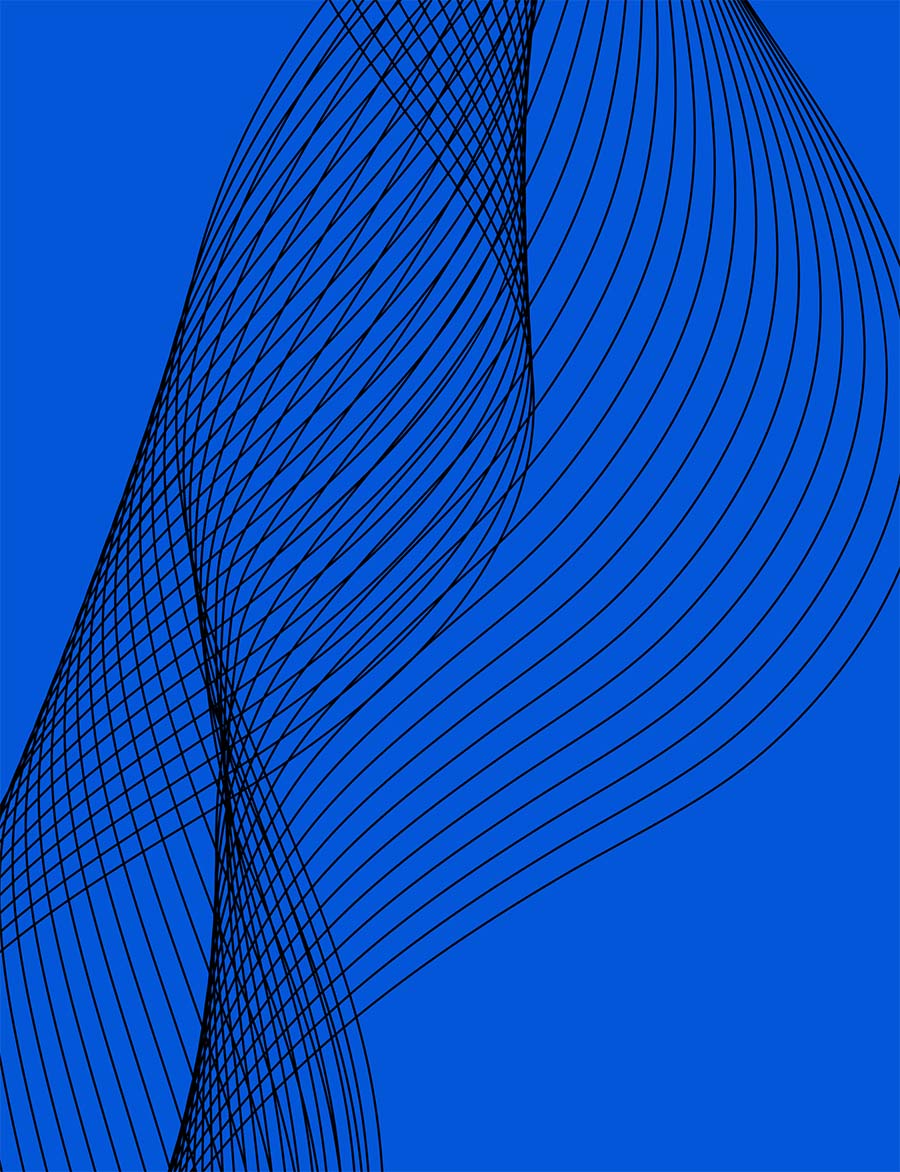

Business Challenge
Founded in 2014, Visual Labs delivers an all-in-one solution for using a smartphone device as a body worn camera, digital camera, audio recorder and personnel locator. The solution’s ability to gather officer location data sets it apart from traditional body worn cameras, prompting Visual Labs’ need to bolster their solution with a dependable mapping solution.
Benefits
- Backend and javascript APIs are user-friendly to engineers
- Derived analytics enable simple community-based policing
- Increased officer safety thanks to insight to real-time locations
- Ubiquity of Google Maps provides easy adoption for customers
“Everyone knows Google Maps, so it was a natural fit as a unique feature.”
Working With Woolpert
Visual Labs has worked with Woolpert Digital Innovations as their Google Maps partner since 2016. CEO Alex Popof stated that he has been pleased with the support Woolpert Digital Innovations has provided, and that the team is very responsive to the rare event of questions or concerns.
The Solution
Visual Labs relies on Google Maps Platform to deliver accurate location-based analytics to their solution. By leveraging Google’s tools, Visual Labs is able to provide agencies with an easy-to-adopt platform including insights that keep officers and communities safer.
Geocoding API identifies the precise latitude and longitude coordinates of a device, enabling departments to monitor the real-time location and speed of an officer during a video or audio recording. Additionally, Timezone API ensures that the time on each photo or recording aligns correctly with the region it was taken, creating transparency.
This insightful data is combined and displayed on Google’s familiar dynamic map, along with custom markers to pair each location with the respective time in the recording. By accumulating this data, departments then utilize heatmap layers and custom geofences to uncover patterns, review footage from defined areas and make proactive assignments.


